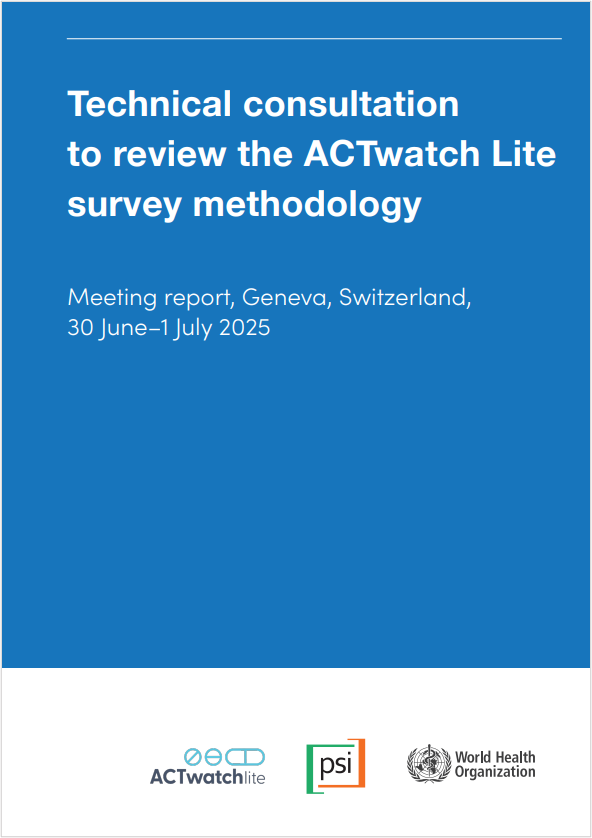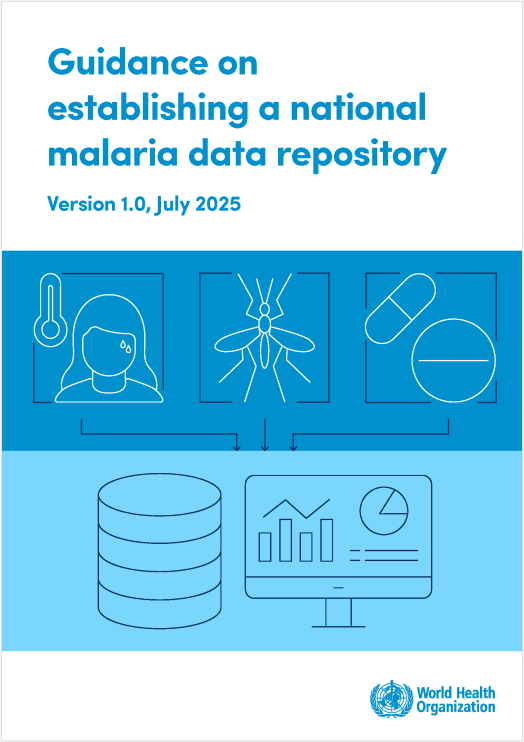Last Updated: 28/01/2025
Malaria: A cell atlas of host parasite interactions in the haematopoietic niche
Objectives
This proposal sets off as an ambitious research programme combining genetics, single cell transcriptomics, multi-parameter tissue imaging (CyTOF), and in vivo and ex vivo phenotyping to establish a functional and spatial map of the host parasite interplay in the hematopoietic niche.
Malaria is a major life-threatening infectious disease in humans, with over 400,000 fatalities per year. Whereas Plasmodium falciparum dominates in sub-Saharan Africa, Plasmodium vivax is responsible for most cases in many regions of Asia and South America. The past decade has seen a drastic reduction in malaria cases and deaths worldwide, however drug resistance in both parasite and vector species is spreading. Bone marrow and spleen have been identified as a major reservoir for parasite infection and the only site of transmission stage development in P. falciparum and P. vivax. Parasites accumulate and develop in particular in the reticulocyte-rich extravascular environments, i.e., the hematopoietic niche of these organs. This discovery establishes a new paradigm in parasite biology, similar to the identification of the liver cycle in 1948. Infection of this niche contributes to clinical manifestations such as anaemia, thrombocytopenia and splenomegaly, and it has major effects on the host immune response. It was demonstrated that the hematopoietic niche is the major parasite reservoir in reticulocyte-restricted species such as Plasmodium vivax and P. berghei. In fact, many known features are conserved across Plasmodium. Performing experiments in samples directly sourced from human infection provides a direct path to translation, while parallel in vitro investigations enable mechanistic analysis. This study has implications for translation, including diagnostics and interventions to block transmission, reducing severe disease, and modifying the immune response.
Aug 2022 — Jul 2026
$1.35M


